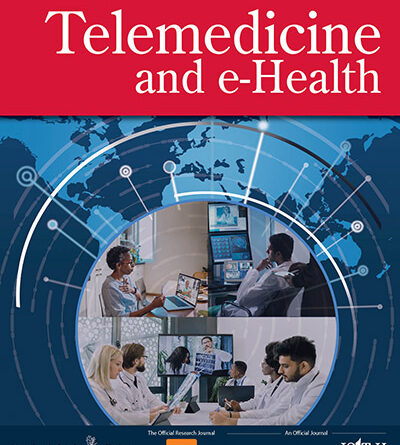Delayed or Forgone Care and Virtual Care in a Public Health Crisis Using Nationally Representative Population Data
Aim:To investigate factors influencing delayed or forgone care due to the coronavirus pandemic and examine patterns in overall virtual care use and virtual care related to the coronavirus pandemic.
Methods:The cross-sectional study used the 2020 National Center for Health Statistics, National Health Interview Survey. Individuals (17,586) who responded to delayed or forgone care questions were included. A generalized linear model estimated prevalence ratios (PRs) for delayed care, forgone care, and virtual care.
Results:Approximately 26.5% of participants reported either having delayed (23.6%) or forgone care (15.7%). Females showed 1.29 (95% confidence interval [CI] 1.20–1.38; p ≤ 0.000) and 1.29 (95% CI 1.17–1.48; p ≤ 0.000) times greater risk of delayed and forgone care than males, respectively. Being insured and having chronic conditions were associated with more delayed and forgone care. About 32.5% of adults reported 1 year of virtual care, and of these, 83.6% were related to the coronavirus pandemic. Patterns of virtual care use of 1 year and the one related to the coronavirus pandemic varied. In the coronavirus pandemic-related virtual care, adults of 85 years old or above had a lower likelihood (PR 0.87, 95% CI 0.77–1.00; p = 0.043) of receiving virtual care. Low education attainment and nonmetro areas showed less virtual care usage.
Conclusions:The coronavirus pandemic greatly affected health care. While virtual care significantly increased, historically underserved populations, such as older adults, rural residents, and those with low education attainment, experienced disparities in virtual care use. The findings provide important implications for sustained health care in a rapidly changing public health landscape.


